When and how to plant flower bulbs in autumn
Autumn is a special time for gardening enthusiasts, particularly when you consider the blooming splendour that awaits in spring. Planting flower bulbs during the fall is a crucial step towards crafting a vibrant and colourful garden. In this guide, we will cover the optimal methods and timing for planting flower bulbs, the benefits involved, and some bulb varieties worth considering.

Why plant bulbs in autumn?
Autumn provides the perfect conditions for planting flower bulbs. As temperatures drop, the cool environment encourages bulbs to develop roots before winter sets in. This early establishment results in faster and stronger growth come spring. By planting in the autumn, you give your bulbs ample time to settle into the soil, leading to a magnificent display of blooms in the springtime.
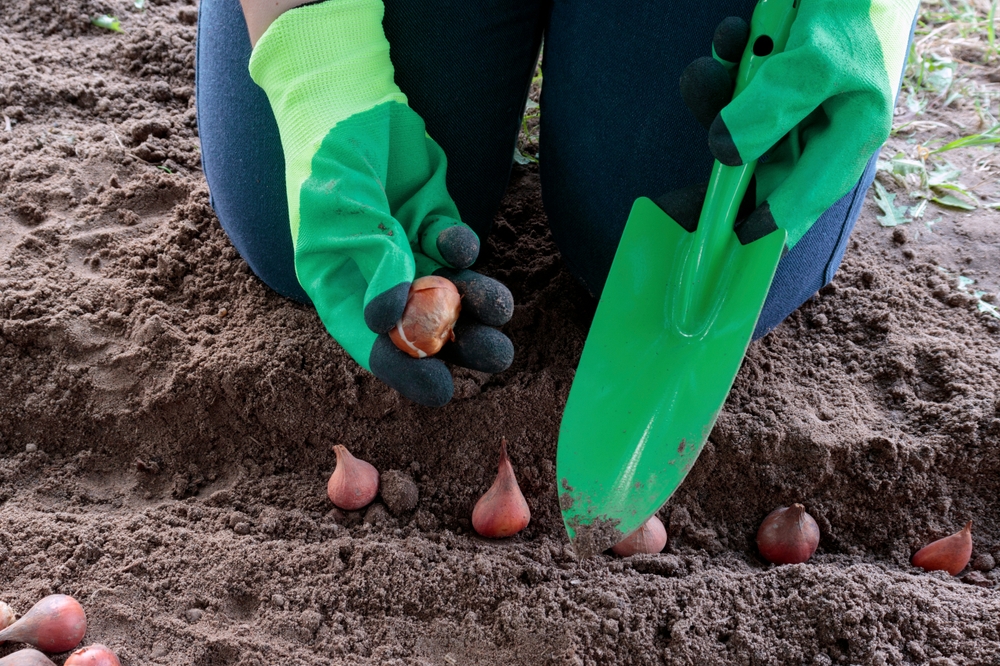
When should you plant bulbs?
The ideal period for planting flower bulbs is typically from late September to early November. This can vary depending on your location and weather conditions. Ensure the soil remains workable; avoid planting if the ground is frozen or if heavy rain is forecasted. A general rule of thumb is to plant bulbs about 6 to 8 weeks before the first frost is expected.
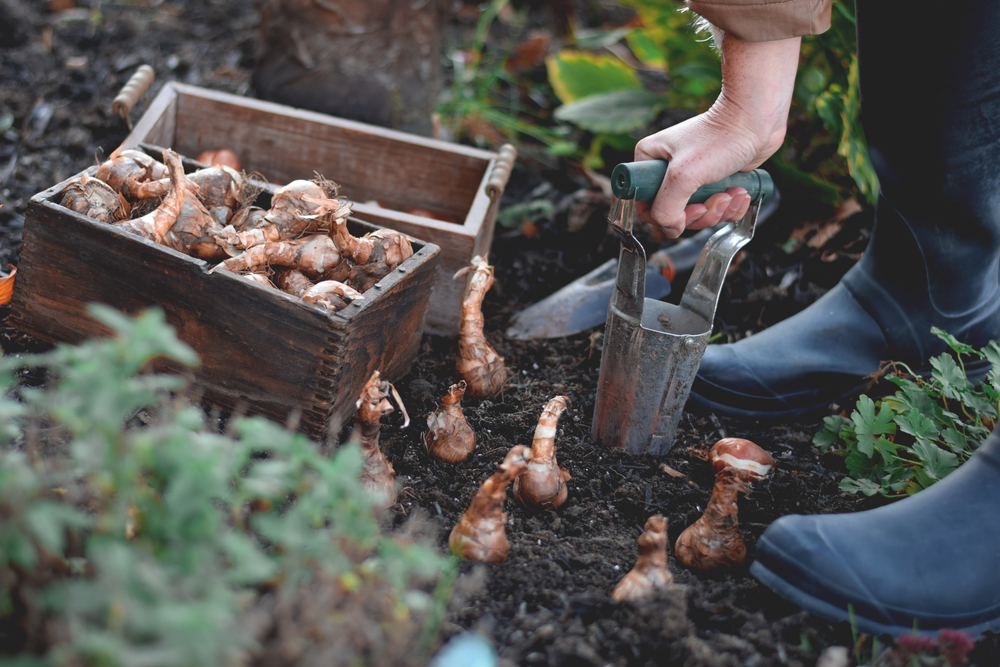
How to plant flower bulbs
Preparing the Soil
-
Select the Right Location: Choose a spot with well-draining soil and ample sunlight. Avoid areas shaded by trees or buildings.
-
Prepare the Soil: Dig the soil thoroughly, removing any weeds and stones. Adding compost can improve soil structure and enrich nutrients.
-
Soil Type: Most flower bulbs prefer slightly acidic to neutral soil. Ensure good drainage to prevent waterlogging around the bulbs, which could cause rot.
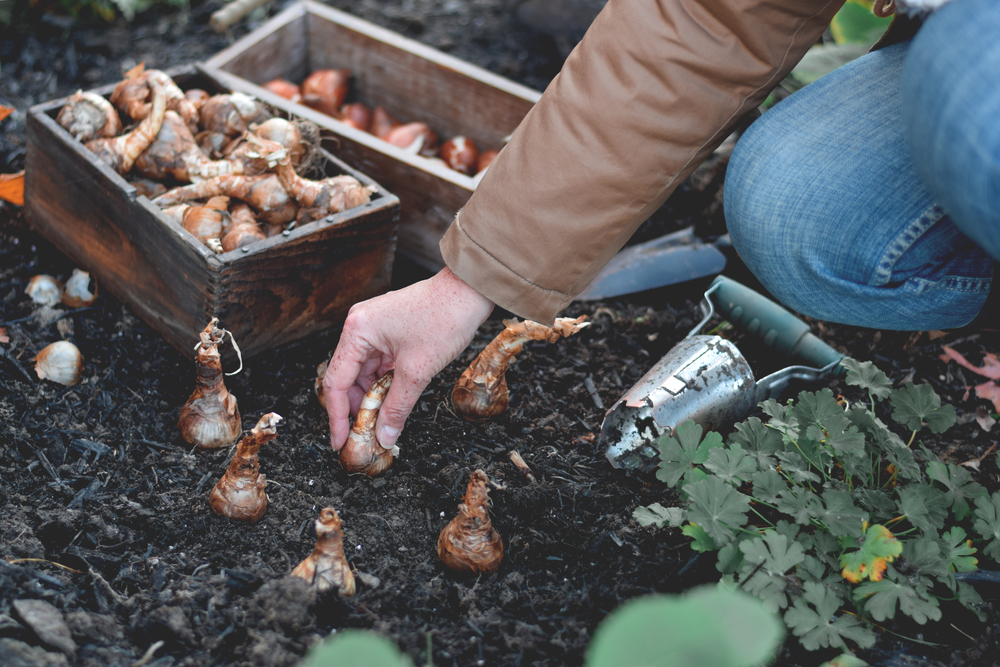
Planting the bulbs
-
Depth and Spacing: Plant bulbs at a depth roughly three times the height of the bulb. For most bulbs, this means a depth of 10 to 15 centimetres. Space bulbs about 10 to 15 centimetres apart to allow adequate room for growth.
-
Orientation: Position the bulbs with the pointed end facing upwards. This ensures proper growth and flowering.
-
Watering: After planting, water the bulbs well to help them settle. This is particularly important if the autumn is dry. Generally, no additional watering is needed until the bulbs start to grow in spring.
-
Covering: Cover the planted bulbs with soil and lightly firm it down. Applying a layer of mulch can help keep the soil warm and suppress weeds.
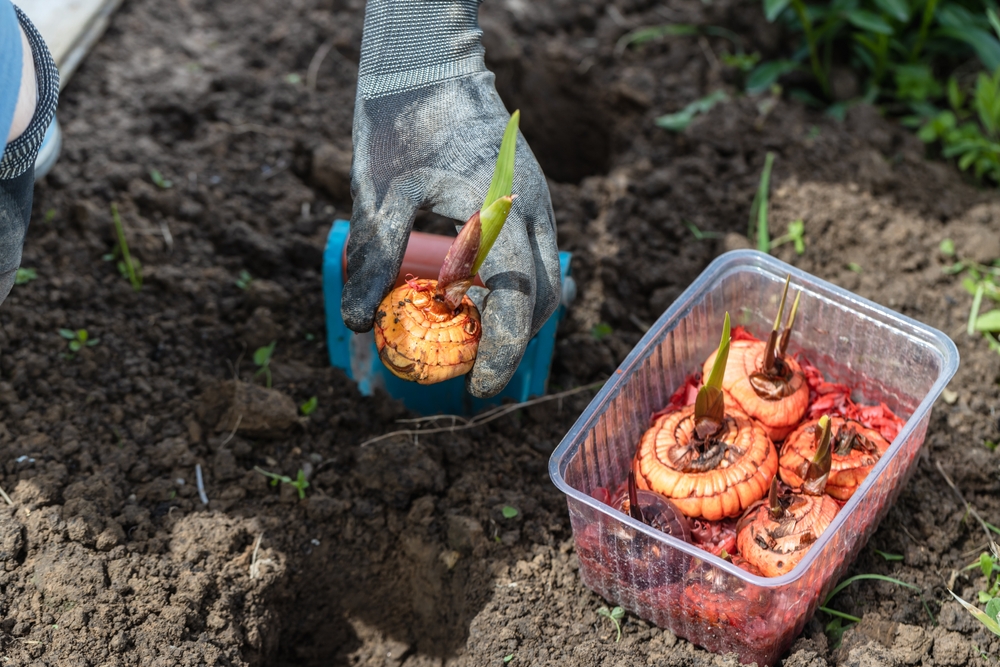
Which bulbs are suitable for autumn planting?
There are numerous bulb varieties to plant in the autumn. Here are some popular choices:
-
Tulips: Tulips are spring favourites, available in nearly every colour and shape. They are perfect for adding vibrancy to your garden.
-
Daffodils: Also known as narcissi, daffodils are low-maintenance and often bloom early in spring. They bring a splash of colour and freshness to the garden.
-
Hyacinths: Known for their strong fragrance and variety of colours, hyacinths are excellent for adding both scent and colour to your garden.
-
Crocuses: Crocuses are usually among the first to bloom in spring, making them ideal for heralding the new season with a cheerful touch.
-
Snowdrops: Snowdrops are delicate early bloomers, often appearing in January or February, adding a gentle beauty to your garden.
-
Alliums: Alliums feature striking, spherical flower heads that add an architectural element to your garden and create dramatic contrasts.
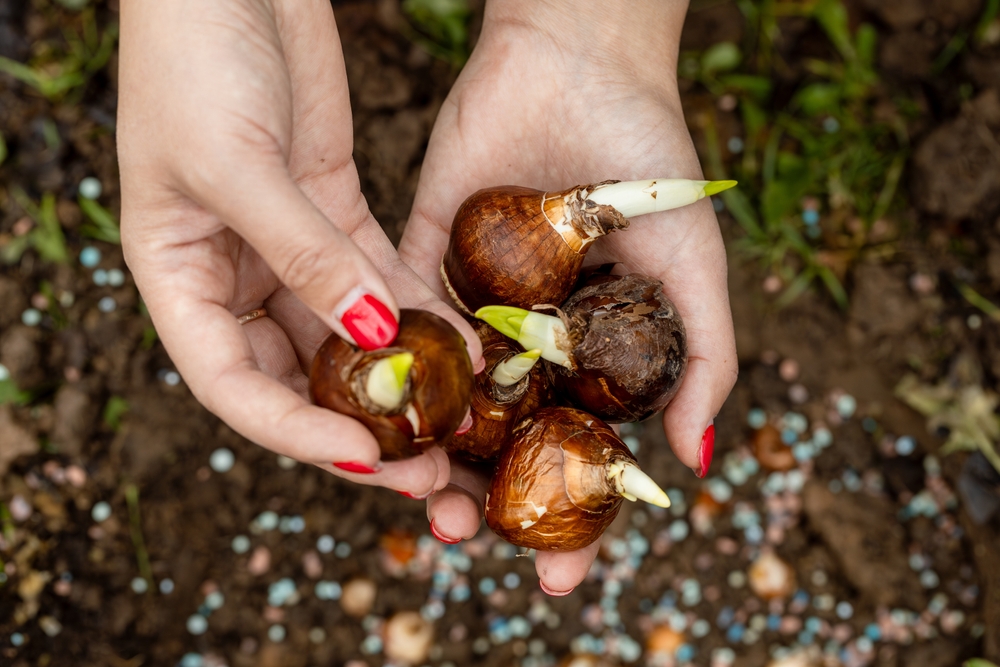
Buying flower bulbs: What to look for
When purchasing flower bulbs, consider the following factors:
-
Quality: Choose bulbs that are firm and healthy, free from blemishes or signs of rot. Good bulbs will have a solid skin and no damage.
-
Source: Buy from reputable suppliers to ensure high-quality bulbs. Local garden centres or specialised online stores are often reliable sources.
-
Packaging: Check the packaging for information about the type of bulb and the best planting time. This will help you select the right bulbs and ensure successful blooming.
Post-planting care
Once your bulbs are planted, minimal maintenance is required until spring. Avoid disturbing the soil around the bulbs. As growth begins, you can lightly fertilise with a balanced garden fertiliser to encourage development. Remove faded flowers to direct the plant’s energy towards the bulbs for future blooms.
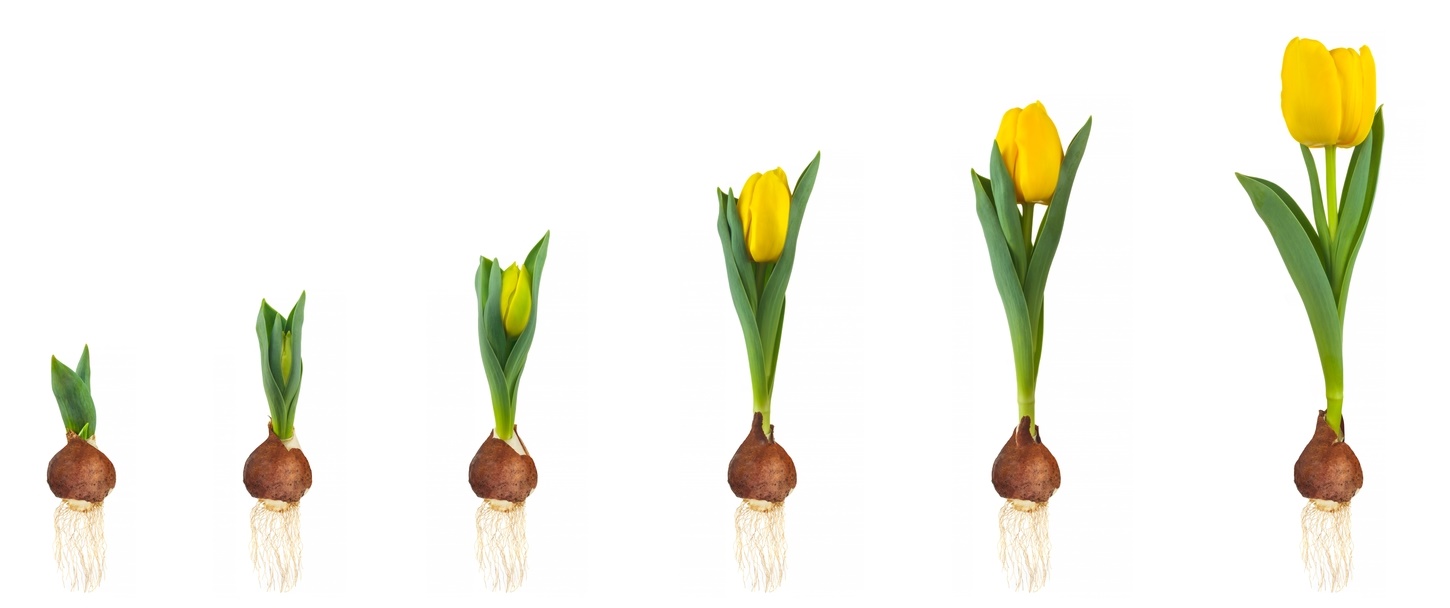
Bringing your garden to life with bulbs
Planting flower bulbs in autumn is a fantastic way to infuse your garden with life and colour in the spring. By selecting the right bulbs and planting them at the appropriate time and in the correct manner, you can enjoy a vibrant and dynamic garden as spring arrives. Whether you opt for tulips, daffodils, hyacinths, crocuses, snowdrops, or alliums, a bit of planning and care will lead to a stunning floral display. So, put on your gardening gloves and start planting your bulbs – spring is just around the corner!
